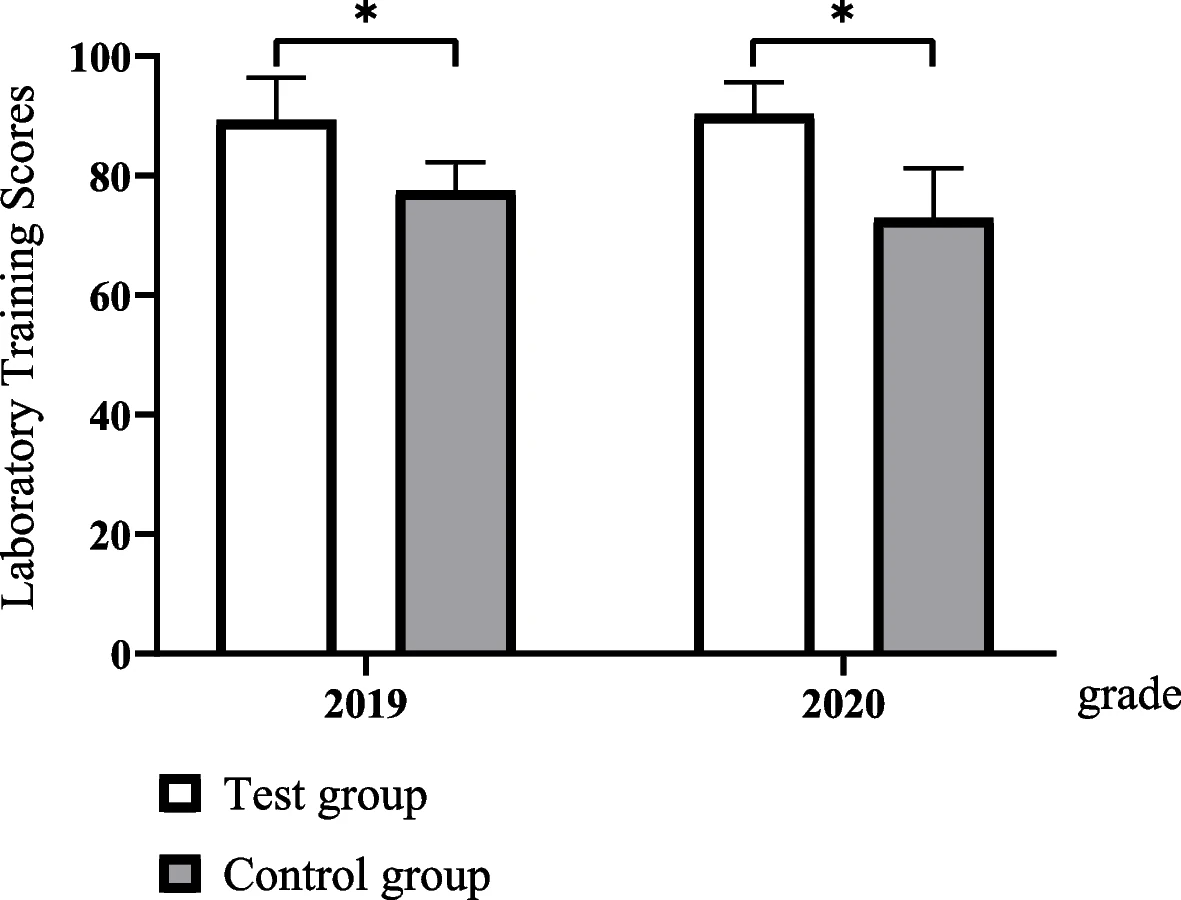Difference between revisions of "Template:Article of the week"
From LIMSWiki
Jump to navigationJump to searchShawndouglas (talk | contribs) (Updated article of the week text.) |
Shawndouglas (talk | contribs) (Updated version number) |
||
| Line 1: | Line 1: | ||
<div style="float: left; margin: 0.5em 0.9em 0.4em 0em;">[[File:Fig2 Xu BMCMedEd23 23.png|240px]]</div> | <div style="float: left; margin: 0.5em 0.9em 0.4em 0em;">[[File:Fig2 Xu BMCMedEd23 23.png|240px]]</div> | ||
'''"[[Journal: | '''"[[Journal:Thirty years of the DICOM standard|Thirty years of the DICOM standard]]"''' | ||
[[DICOM|Digital Imaging and Communications in Medicine]] (DICOM) is an international standard that defines a format for storing [[Medical imaging|medical images]] and a protocol to enable and facilitate data communication among medical imaging systems. The DICOM standard has been instrumental in transforming the medical imaging world over the last three decades. Its adoption has been a significant experience for manufacturers, healthcare users, and research scientists. In this review, 30 years after introducing the standard, we discuss the innovation, advantages, and limitations of adopting DICOM and its possible future directions ... ('''[[Journal:Thirty years of the DICOM standard|Full article...]]''')<br /> | |||
''Recently featured'': | ''Recently featured'': | ||
{{flowlist | | {{flowlist | | ||
* [[Journal:Evaluating the effectiveness of a new student-centred laboratory training strategy in clinical biochemistry teaching|Evaluating the effectiveness of a new student-centred laboratory training strategy in clinical biochemistry teaching]] | |||
* [[Journal:Transforming healthcare analytics with FHIR: A framework for standardizing and analyzing clinical data|Transforming healthcare analytics with FHIR: A framework for standardizing and analyzing clinical data]] | * [[Journal:Transforming healthcare analytics with FHIR: A framework for standardizing and analyzing clinical data|Transforming healthcare analytics with FHIR: A framework for standardizing and analyzing clinical data]] | ||
* [[Journal:Establishing reliable research data management by integrating measurement devices utilizing intelligent digital twins|Establishing reliable research data management by integrating measurement devices utilizing intelligent digital twins]] | * [[Journal:Establishing reliable research data management by integrating measurement devices utilizing intelligent digital twins|Establishing reliable research data management by integrating measurement devices utilizing intelligent digital twins]] | ||
}} | }} | ||
Revision as of 15:36, 26 December 2023
"Thirty years of the DICOM standard"
Digital Imaging and Communications in Medicine (DICOM) is an international standard that defines a format for storing medical images and a protocol to enable and facilitate data communication among medical imaging systems. The DICOM standard has been instrumental in transforming the medical imaging world over the last three decades. Its adoption has been a significant experience for manufacturers, healthcare users, and research scientists. In this review, 30 years after introducing the standard, we discuss the innovation, advantages, and limitations of adopting DICOM and its possible future directions ... (Full article...)
Recently featured:
- Evaluating the effectiveness of a new student-centred laboratory training strategy in clinical biochemistry teaching
- Transforming healthcare analytics with FHIR: A framework for standardizing and analyzing clinical data
- Establishing reliable research data management by integrating measurement devices utilizing intelligent digital twins










